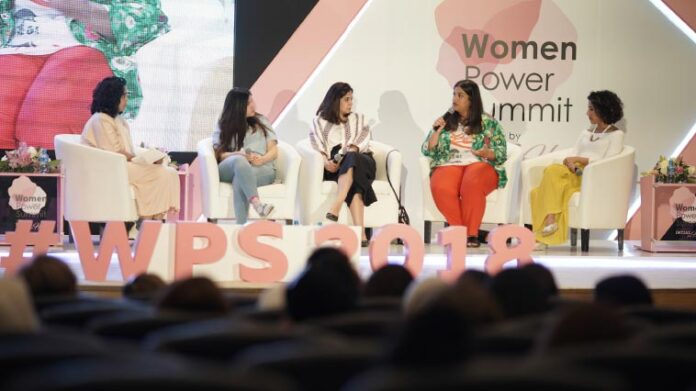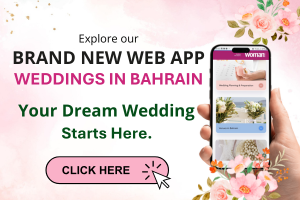Ramah Al Husseini
Studio Artist

What do you see as the place of art within a business/commercial landscape?
We already have creativity within a lot of businesses, for example advertising agencies creating commercials which need costume designers, actors, make-up artists, set designers, painters, writers; they’re about putting on a show, regardless of the products [whether for video or static] it takes in a lot of the creative fields and integrates them.
I feel that there is already a place for art within the business/commercial landscape, but its not given proper recognition or worth yet,
it’s about recognising talents and placing them in their right field, it’s about hiring a creative rather than another business or marketing representative.
Creativity has been identified as one of the top five ‘soft skills’ that employers will be seeking in 2019. Is this a teachable skill? And how do you believe creativity can be developed and channelled into an employment/business skill?
I believe creative thinking is already applied in all fields and not just art – it could be any field: doctors, magistrates, engineers. If you keep following the same rules you will be stuck in a loop. It’s about ,knowing when you need to change things. We’ve already spoken about how creativity can be channelled commercially, and this is clearly something more corporates are going to be looking for.
What advice would you give to other female artists hoping to get into the market?
First, when going in to any field make sure you’re choosing it for the right reasons, never let money be your first incentive, because you will definitely find yourself in hard times,
Build yourself or find a community in which you can communicate with other creatives, where you can tell them about your journey and learn about those of others.
Shaikha Marwa Rashed Hasan Ali Al Khalifa
Artist
 Please give a brief outline of your background and what you are currently doing.
Please give a brief outline of your background and what you are currently doing.
Since I was very young, my mum enrolled me in lots of different arts, which got me interested to study art in high school. However, I wasn’t really encouraged by mother to study it further, so I studied advertising and PR but I kept going to art-related classes. When I came back home, I was doing art but without exhibiting; I wasn’t really comfortable with that idea. I did advertising and PR for a few years and then moved to the Court of the Crown Prince and became director of youth programmes. We did an art and literature competition and also worked on leadership programmes. I’m proud to see what some of those youngsters are doing now.
Eventually I began exhibiting my own work both internationally and locally. I have a solo exhibition coming up which is the prize from last year’s Annual Fine Arts Exhibition.
I have also started my Masters in cultural leadership; I want to do something to give back to Bahrain.
What do you see as the place of art within a business/commercial landscape?
Definitely the galleries are a big part of it for Bahrain’s artists but they are struggling. It’s good that there is help from Tamkeen. They met with us, as artists, to canvas our thoughts on what’s needed. I think the challenge for galleries is sustainability as it’s a tough market these days. For artists, I try to encourage them to do things that are not so costly.
Galleries and artists need to speak to Tamkeen – it needs to be a public/private partnership for art to develop.
Creativity has been identified as one of the top five ‘soft skills’ that employers will be seeking in 2019. Is this a teachable skill? And how do you believe creativity can be developed and channelled into an employment/business skill?
You shouldn’t put all your eggs in one basket, you have to look at other ways of thinking. Look at Shaikha Mai – her budget was reduced, so she found funding elsewhere.
When you say soft skills, I think of things like carpentry. I think it’s very important that interest in these skills is developed while children are young and there is time to develop them. The problem with schools now is that the curriculum is more limited. I believe it would be good for Bahrain to have an arts centre within each governate – I’m a product of the Salman Cultural Centre, it was inspiring for me.
It should be somewhere young people can learn and express their artistic side – even the government schools could be used out of school hours as the resources are already there. And this would make a resource available close to where people live, for some people travelling across the island is not an option.
Does exhibiting art ‘for art’s sake’ ever represent a route into commercial success or do artists, necessarily, need to be prepared to adapt their talents to make a living?
Artists definitely do need to adapt, especially in these difficult times. My advice would be, don’t just think locally – you have to think internationally. Now, with the internet, artists can sell directly or through sale sites and can gain a wider audience. You can also seek consultant advice on where to look for new markets. When we [artists] spoke to Tamkeen, we asked about the possibility of a collective website for Bahrain artists and also a consultant who could help artists get their work out there. Plus, again, the idea of community art centres – my plan is essentially to do something along those lines.
What advice would you give to other female artists hoping to enter the market?
Bahrain’s art scene has, traditionally, been male dominated. But I feel this is now balancing out. My advice would be to keep going. Some artists have given up but you have to keep at it. Once you are an artist, it doesn’t just go away. So, keep at it.





